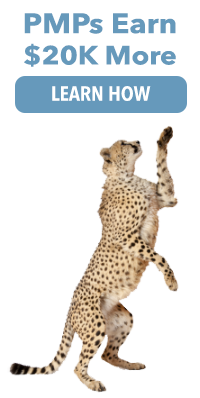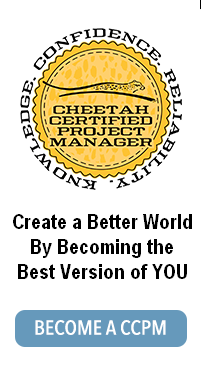Adopting a Consciousness Approach to Your Attachments
(this an article excerpt from Cheetah’s Career Builder)
The ability to learn is demonstrated by the ability to change and/or adopt more successful behaviors. Becoming detached to your behaviors and the way you do things the way you do can significantly help learning.
 The five levels of attachments and how they shape your ability to respond, how you behave, the strategies you use to achieve what you desire in life, and the way you will react to life events.
The five levels of attachments and how they shape your ability to respond, how you behave, the strategies you use to achieve what you desire in life, and the way you will react to life events.
I recently took a course called Conscious Living by the Hendricks, and learned some fascinating things about how I identify with these persona characters I take on as “me” and then live in what the Hendricks call the fear trance between victim, villain and hero. What I know from my studies of attachment is the more I attach to an idea, or a position, the harder it is for me to remain flexible and open (the harder it is for me to “learn”.) Ruiz’s attachment model, has “identity” as the third level in a five level of attachment. So this adds more depth to that one level of attachment – what identities am I attached to as my “identity” and how strongly am I willing to hold that attachment? I continue to play with a more creative and conscious approach to life by recognizing and playing with my persona’s as they appear. This enables a more in the now, authentic response to each moment without the veil of this “identity.” One of the identities I recently discovered was what I call my sugar loving YOLO (you only live once) persona. This kept me stuck in behaviors that were no longer serving me. Based on how I was attached to this identity, by dropping the attachment whenever I’d like, I can live in a healthier persona for who I want to be right now. This means I don’t have to be stuck in old behavior patterns just because my sugar YOLO identity has to be shelved like my high school yearbook. And I’m more open to learning new ways of being that help me more successfully navigate my world.
So how can you use this to improve your own learning. Think about a situation where you behavior created a result you didn’t really enjoy. Say you had an unfortunate encounter with a co-worker or a friend. Think about how you responded – were you flexible and open or were you rigid in how you thought the situation should have played out? If you were more rigid, you are more attached to the something about it. How did you react? Did you find your reaction predictable or did you react in a manner that surprised even you? If your reaction was predictable for that situation, you are more attached to something about that situation. What were your strategies for the situation – could you let it unfold in new and creative ways or did you want to try to control the outcome? If you tried to control the outcome – you had a higher level of attachment to some persona you were playing in the situation. Last – look at your own behavior. Where you able to accept whatever the other person was doing or were you judging them? Did you find yourself saying – hmmm I wonder what is going on for them or saying “WTF” – how dare they? If you said the latter – you are more attached to some idea of what you thought was supposed to go down. Study the image associated with this article and contemplate how you can be less attached to your ideas of how things are supposed to happen, who you are supposed to be, and you will find a whole new world of learning opening up for you.
Stay tuned next week when I will share my latest finding in my brain research in my quests to improve brains everywhere!


